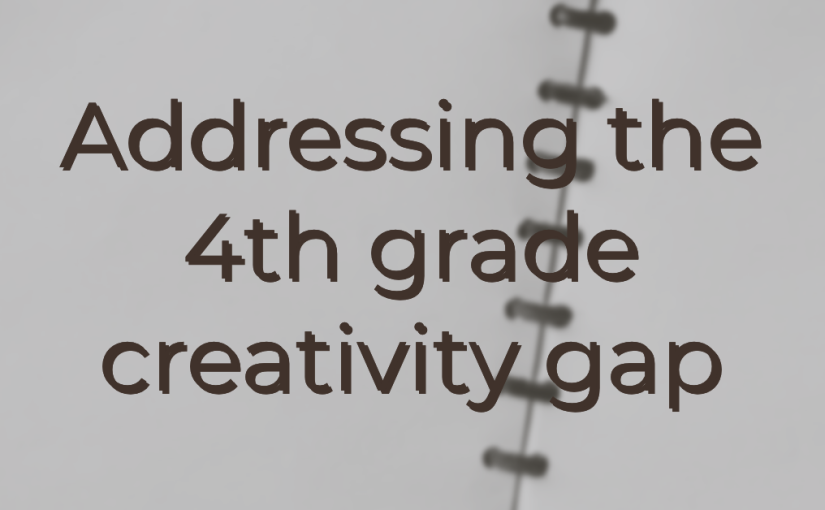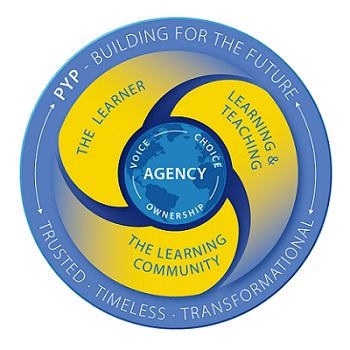Does a day go by without a reminder of the importance of creativity and innovation? Ken Robinson’s Do schools kill creativity?⁵ is the most popular TED talk of all time. While skeptics have reason for doubt², The Future of Jobs Report 2020⁷ published by the World Economic Forum includes innovation, problem-solving, learning strategies, creativity, and ideation among the projected top skills of 2025.
Research
Research suggests that children’s creativity increases until 3rd grade and remains static until after 5th³. To make matters worse, in recent decades, people have simply become less creative. Reasons range from over-scheduling of structured activities to increased exposure to electronic entertainment, all of which I have observed in my students over the past several years.
My observations
While I can’t claim to have witnessed the 4th Grade creativity slump, I can imagine why it would happen: In Grade 4, curriculum shifts abruptly from ‘fostering a love of learning’ and ‘beginning to attempt’ academic skills and knowledge to expectations of content coverage and mastery. Homework isn’t supplementary; it’s a requirement. ‘Getting the idea’ is no longer enough; achievement on standardized tests is the goal. While holistic balance is encouraged by the IB⁴, upper elementary teachers find it impossible to ignore the implicit, and often explicit, academic imperative.
Independent Inquiry
Research suggests that children are more creative outside of school⁶. I reached a similar conclusion in 2013 and started an Independent Inquiry routine in my Grade 4 class. Like a sophisticated ‘show & tell’, students set inquiry goals and reflect on progress before sharing in a weekly meeting. It has always been optional, yet participation and enthusiasm were always high, and the variety and depth of inquiries remarkable.
Recently, though, it has not been as active. It could be due to the COVID-19 pandemic, the personalities of the cohorts of students, or something that I haven’t noticed. Perhaps they simply need more encouragement.
Action plan
A research brief recently published by Inflexion for the International Baccaulareatte Organization, Making The Abstract Explicit: The Role Of Metacognition In Teaching And Learning¹, highlights the importance of metacognition in learning and especially goal setting and reflection. So to encourage my students I may develop a creativity goal setting and reflection routine.
The new reflections should have low stakes. They can be private and easily achievable, as long as they help the students to build metacognitive habits. It may also be helpful if students have a choice of categories of goals, or perhaps we could create a menu of possible goals together.
How do you empower learners’ individual creativity?



















